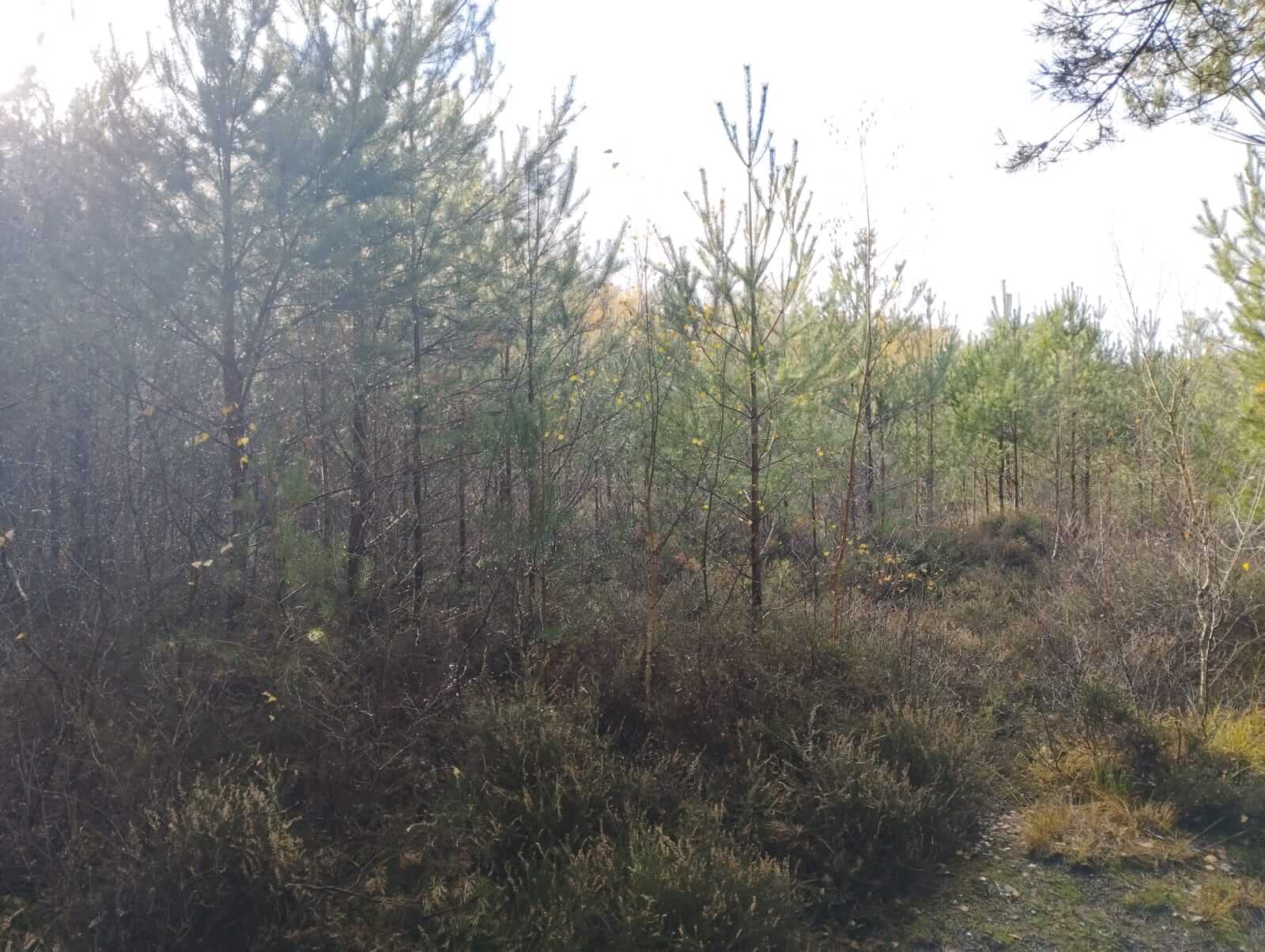S:Craft supported the planting of 2 hectares of wildflowers in the UK in 2023
S:Craft is part of an imaginative and beautiful solution to the problem of the loss of flowers and pollinators in the UK. Not only are wildflowers attractive and beneficial to our well-being, but for the thousands of pollinating insects, wildflowers are critical.
Since 1940 we’ve lost ninety seven percent of our flower rich meadows and hundreds of our pollinator species are in decline. In areas, our local wildlife finds itself in isolated oases, walled in by agricultural land, urban landscapes, roads, and gardens.
Our solution is to restore B-Lines – a network of insect pathways along which we are restoring and creating wildflower rich habitat. These insect super highways created in partnership with GreenTheUK and Buglife will extend across the whole of the UK, allowing wildlife to move freely through our countryside and towns. Thanks to S:Craft, we have created a network of flower-rich pathways benefitting pollinators, other wildlife and people.

Wildflower Restoration Site 1 in Shropshire (0.6 hectares)
S:Craft have helped improve a post-industrial site, Manor Road Pitmound for the threatened butterfly species, the dingy skipper. Post-industrial or brownfield sites have been subjected to frequent disturbance and tend to have low nutrient soils, giving rise to a wide variety of habitats at different stages of succession, termed open mosaic habitats. The differing succession stages can result in bare ground, heathland, woodland and grasslands and can support a variety of rare plant species, mosses, lichens and rich assemblages of invertebrates.
Since the start of this year, the ares has been cleared from overgrown scrub and thinned from woodland to create areas of bare ground to produce a mosaic of habitats. This winter, S:Craft have sponsored the planting of Heather (Calluna vulgaris) and Bird’s Foot Trefoil (Lotus corniculatus) at Manor Road Pitmound. Bird’s foot trefoil is especially important for these sites as it is the larval food plant of the dingy skipper caterpillars. The dingy skipper is a rare butterfly that has experienced serious declines over recent years, mainly due to habitat loss, so we are hoping to help conserve this species by creating suitable habitat for it. This butterfly is present in Telford, but there are no known records on Manor Road Pitmound – we are hoping we can change that.
Wildflower Restoration Site 2 in Surrey (1.4 hectares)
Barossa is a heathland dominated military training site in Camberley, Surrey, holding great ecological significance. Shaped by prehistoric farmers and stewarded by rural communities over generations, resulting in a diverse mosaic of habitats that supports a wide array of wildlife. The site's more recent history as a training estate for the MOD has saved its habitats from the urban development that has replaced much of the other heathlands in the surrounding area. Barossa is a haven for invertebrates, boasting a remarkable diversity of species such as Green-Eyed Flower Bees, Silver-studded Blue Butterflies and Green Tiger Beetles. With the plethora of heathland wildflowers, along with purple heather and fragrant gorse, it is providing abundant floral resources for pollinating insects.
With 85% of the UK’s heaths lost over the last two centuries and pollinators facing global declines, the urgency and importance of protecting the remaining heathland areas like Barossa has never been greater. Efforts are ongoing to clear invasive Scott's Pine encroaching on Barossa’s priority heathland habitat while connecting the heath to the rest of the UK's pollinators through the B-Lines.
Plug planting is a great way to add extra species to a site and give them a better chance of establishing. We often supplement seed scattering with additional plug plants to either add certain species that may not have been included in the seed mixes or bolster the site with specific species suited to the habitat. Plug plants often have a higher survival rate and prove more effective in the long run when trying to make sure certain species are present on a given site. They act similarly to when you plant potted plants in your garden or window box, providing an instant source of habitat, shelter, and food (when in flower) for local pollinating insects and other invertebrates. They also provide volunteers with a rewarding exercise so you are able to immediately see the impact of your planting on a site.
Wildflowers & Grasses Planted
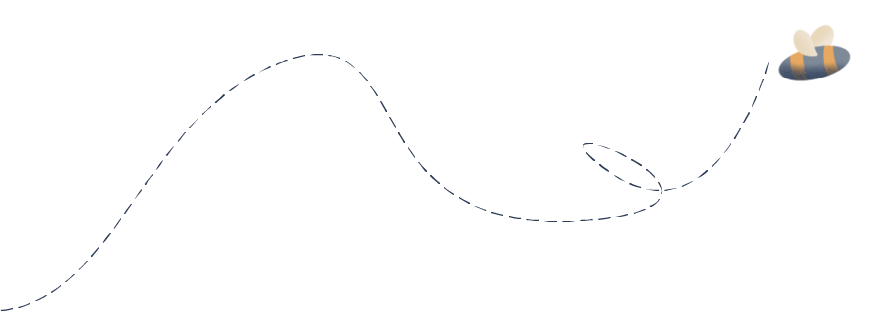
UN's Sustainable Development Goals
As a GreenTheUK partner, you support projects that are in line with the UN Sustainable Development Goals.

Take urgent action to combat climate change and its impacts.

Sustainably manage forests, combat desertification, halt and reverse land degradation, halt biodiversity loss.






























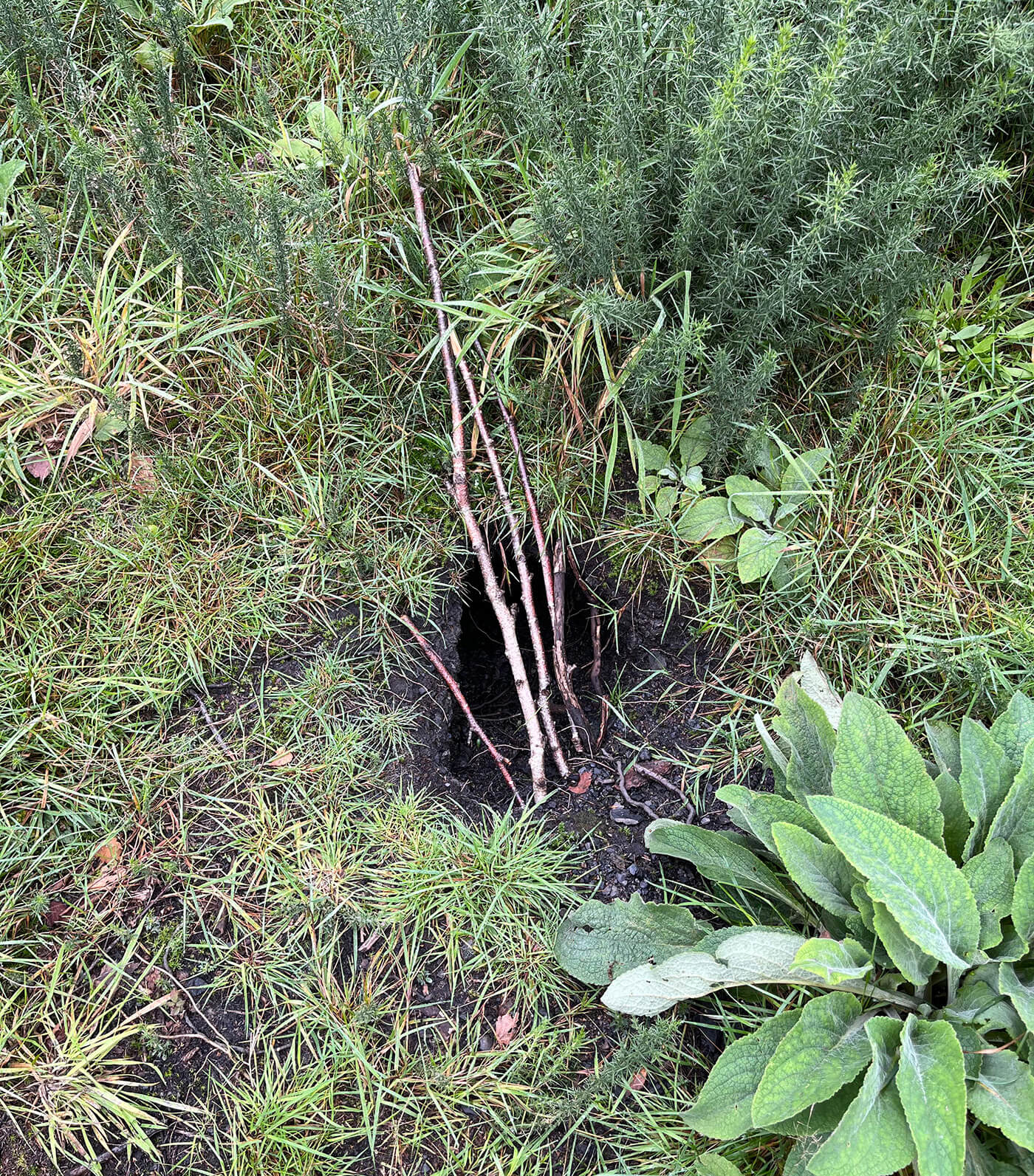
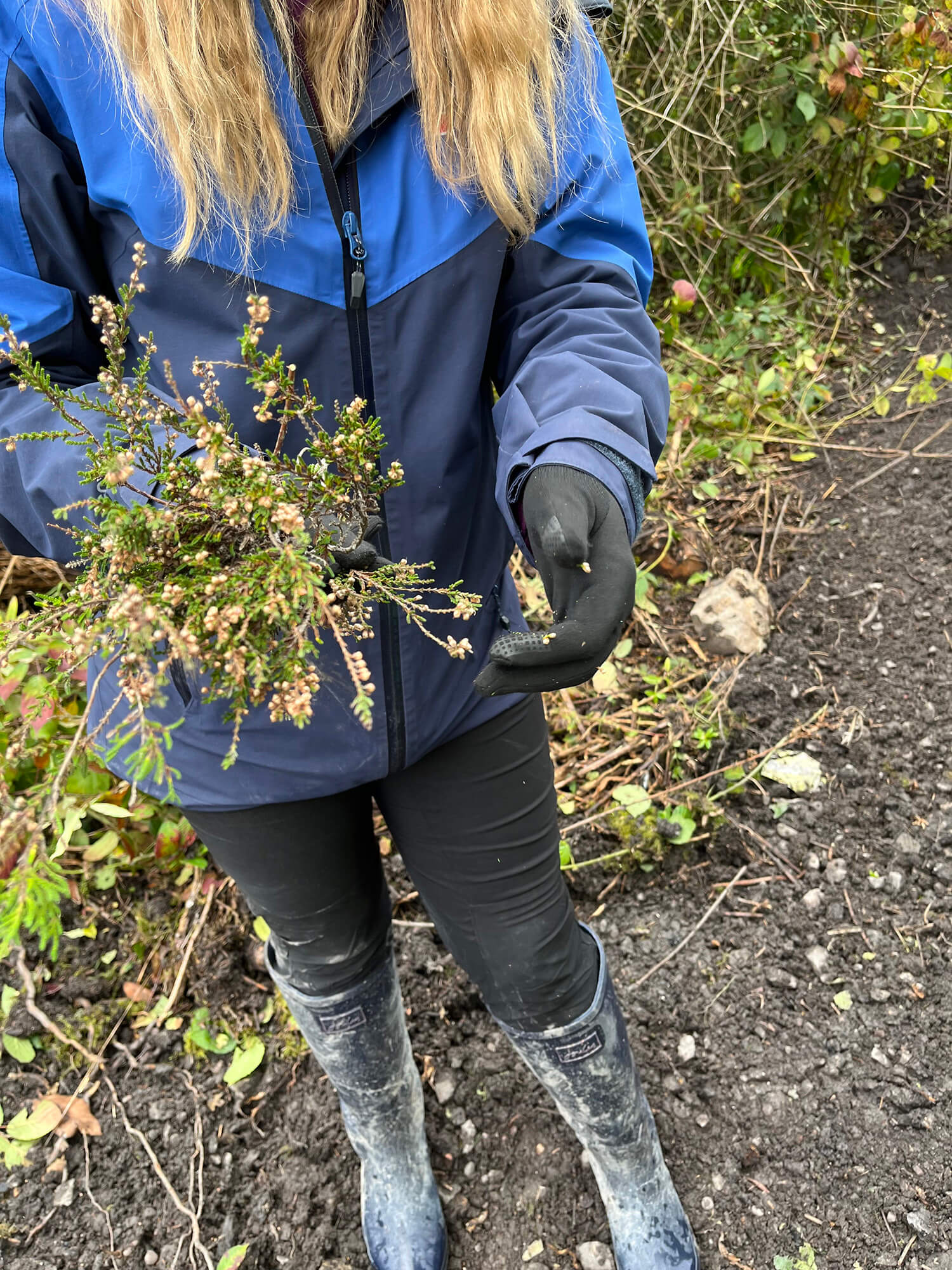

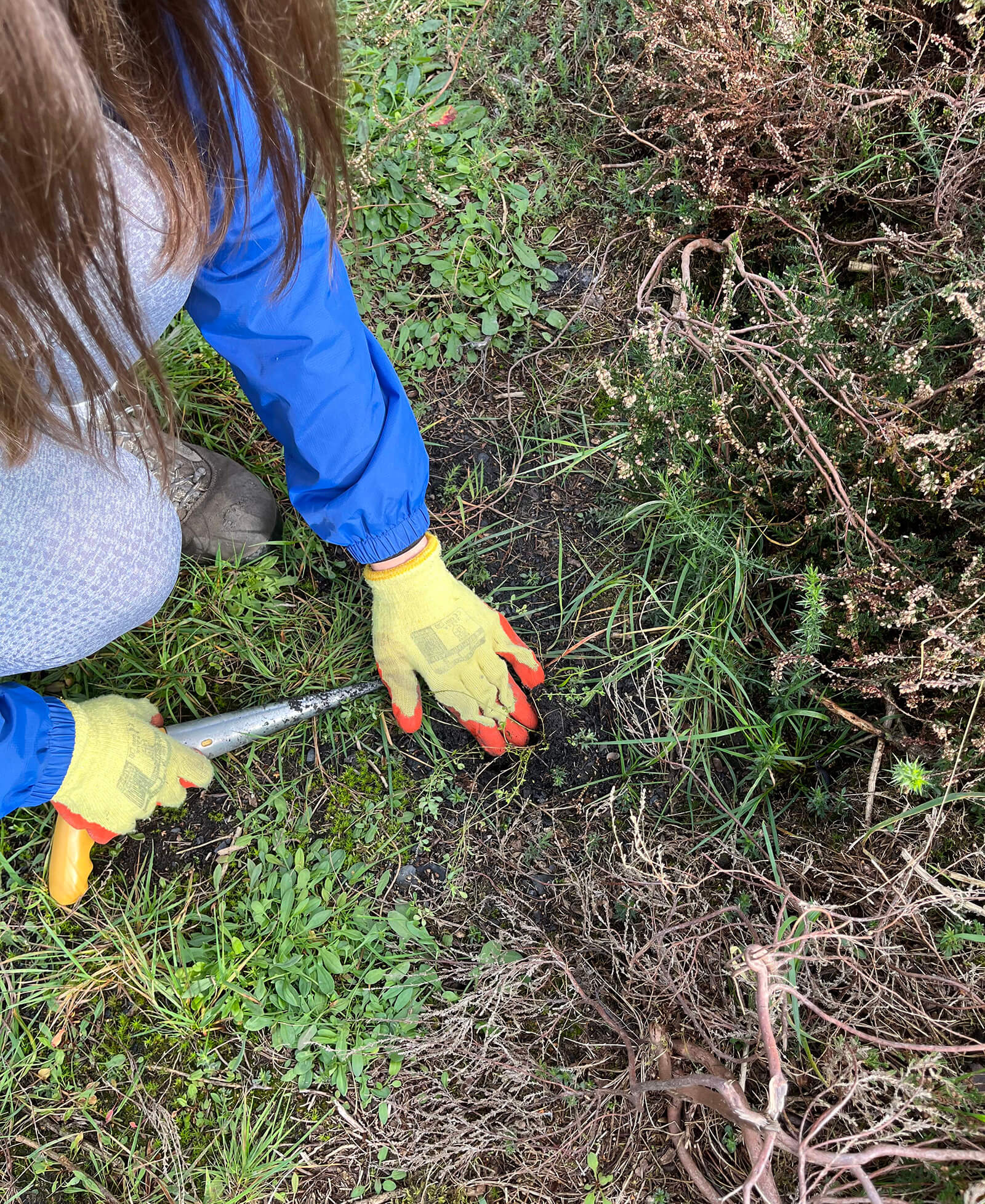

.jpg)
.jpg)

